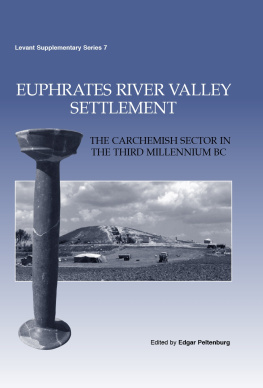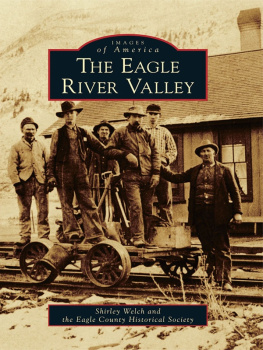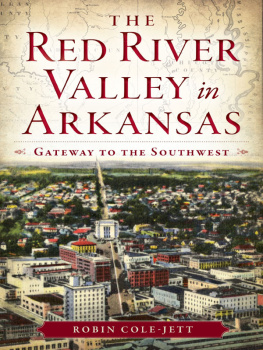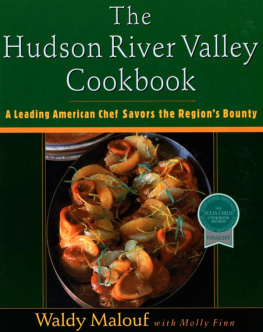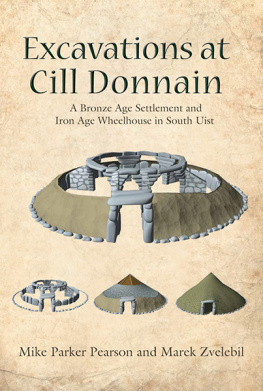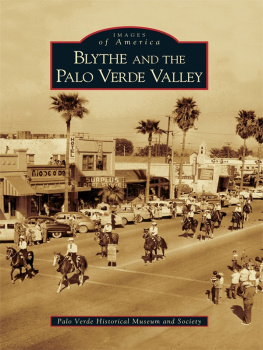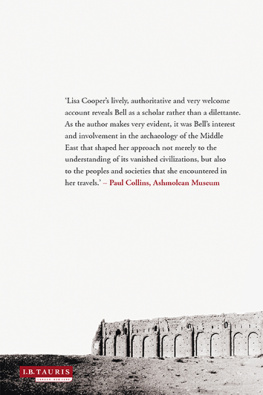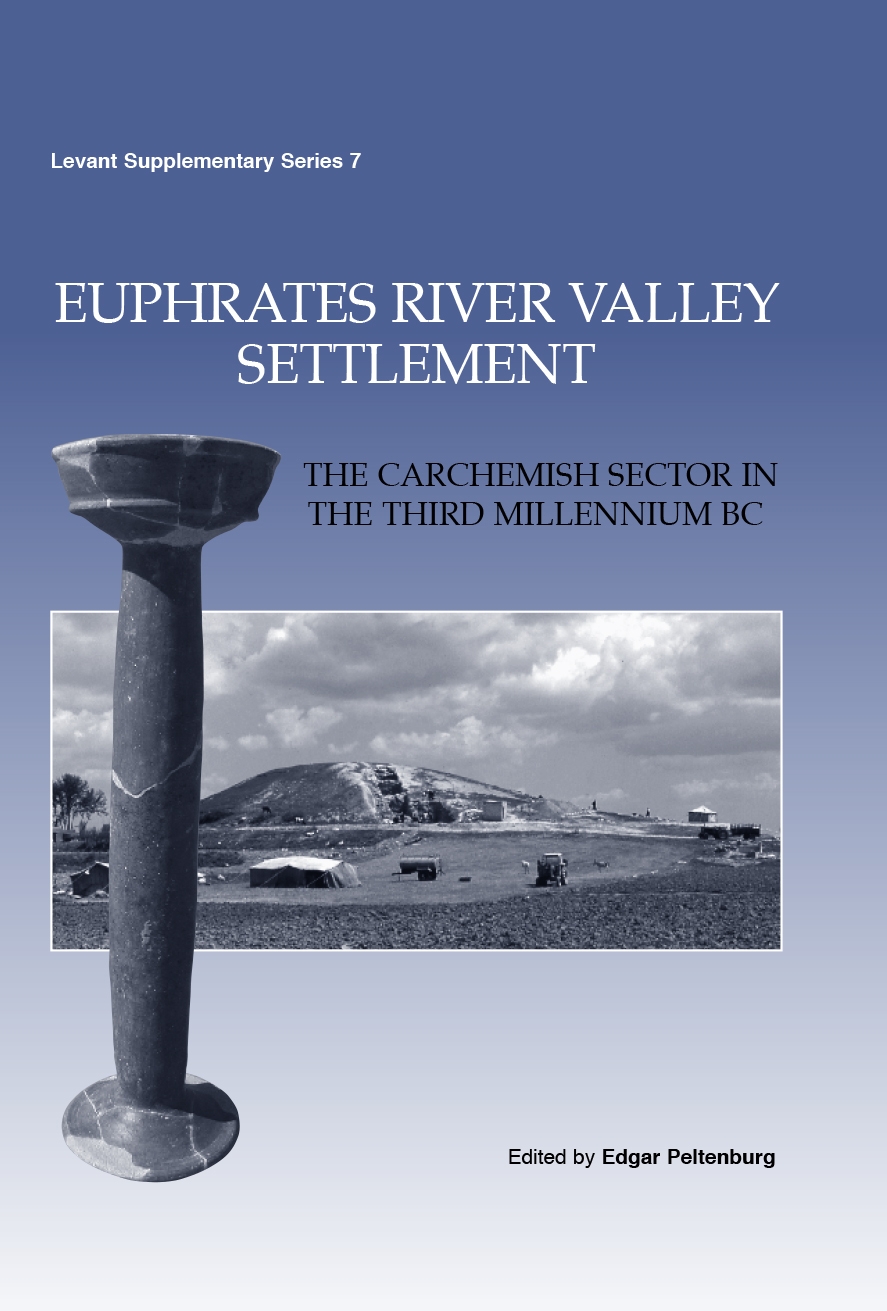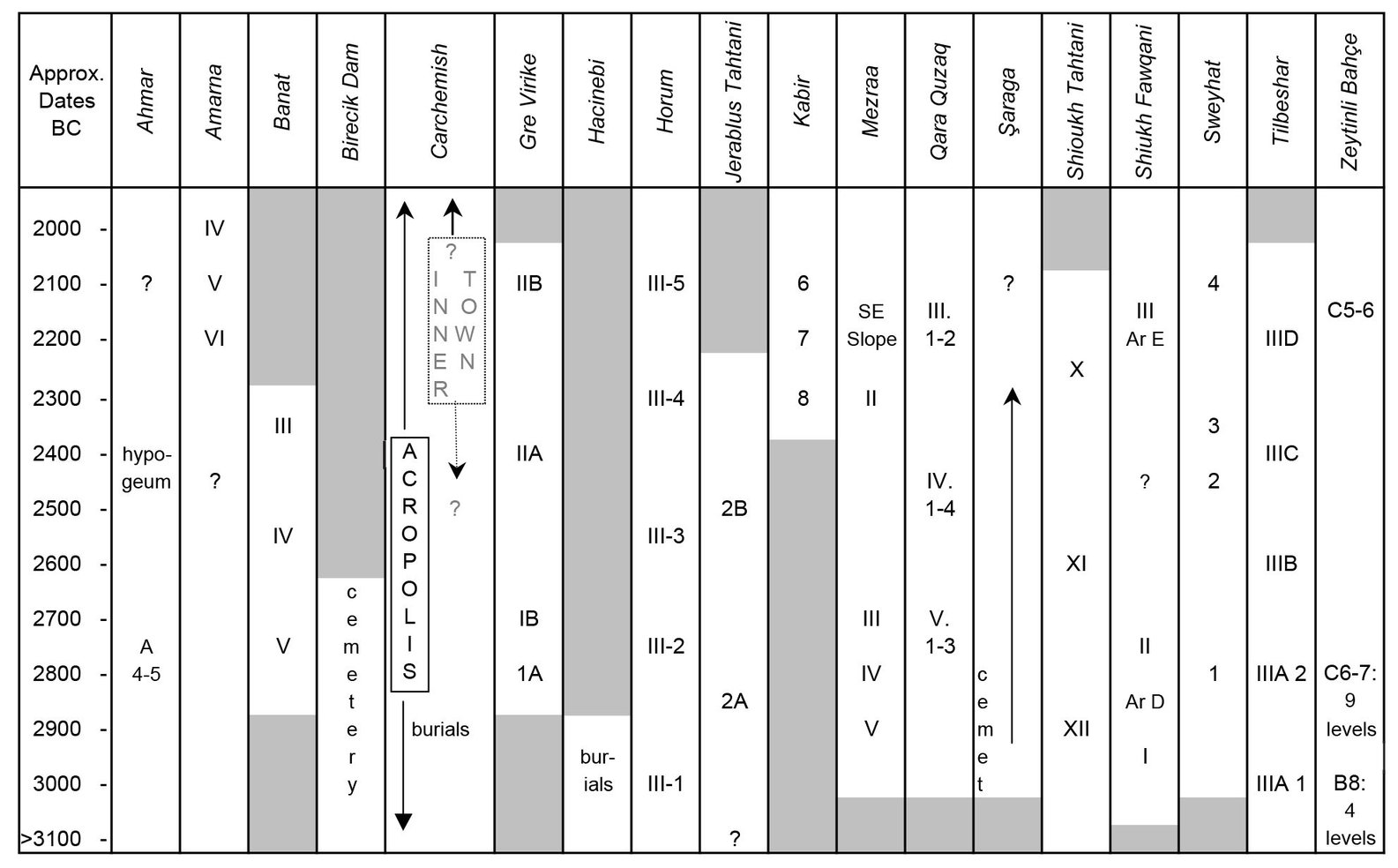Many people contributed to the success of this initiative. First and foremost are the participants of the workshop who responded so positively to the idea of a meeting, made the workshop so enjoyable and sent revised manuscripts in a timely manner. None of this would have been possible were it not for the agreement and support of the organisers and technical assistants of 4ICAANE, especially Hartmut Khne. Without the superb help of the assistants, we would certainly have been pressed to complete delivery of papers within what proved a busy workshop.
I am happy for this opportunity to acknowledge the support and encouragement that Bill Finlayson, Director, Council for British Research in the Levant, and his colleagues gave to the proposal to publish the papers of the Berlin workshop. In this I have benefited from Michael Givens conscientious guidance and the assistance of Oxbow staff, especially Val Lamb. Peer reviewers gave their valuable time and wisdom to comment and make suggestions on papers; an anonymous reviewer made helpful comments about the work as a whole. Lindy Crewe, Claire Herbert and Phil Karsgaard were enormously helpful with their technical expertise.
All illustrations are copyright of the respective authors with the exception of the following: courtesy of the Trustees of the British Museum; Figs 13.16, 9 courtesy of Kemal Sertok.
1
New perspectives on the Carchemish sector of the Middle Euphrates River valley in the 3rd Millennium BC
Edgar Peltenburg
After decades of neglect, the Euphrates valley in the area of Carchemish has recently experienced an unprecedented spate of archaeological investigations due to the construction of three dams, the Tishrin in North Syria and the Carchemish and Birecik Dams in south-east Turkey. This has led to the formation of three man-made lakes that together have inundated c . 100 km of the valley floor, from the Enesh gorge in the north to el Qitar in the south (by sites 32 and 55, ).
It seems that after a major Uruk impact, indicated by a concentration of Uruk and Uruk-related sites (Algaze 1993, 2933), a remarkable diversity of settlements, forts, monuments, cult centres and cemeteries were built in the valley, so altering the physical and built environment in which people moved for centuries to come, creating a transformed world that provided new cognitive maps for structuring, negotiating and contesting social relations. This florescence of heterogeneous sites reflects distinctive socio-political constructs not readily understood in terms of models applicable in Mesopotamia ( cf. McClellan 1999), nor one simply appreciated in terms of rural analysis. The mosaic of special function sites is richly at odds with other regions of comparable size at this time, and it is one that calls for equally distinctive interpretations. During the course of the 3rd millennium this heterogeneity gradually gave way to greater integration and socio-political complexity, probably to be associated with interaction with emergent regional states such as Mari and Ebla.
Some of this new information has been reported in journals and monographs (see most recently: Bachelot and Fales 2005; kse 2005), but these are usually confined to material from specific dam areas, thus leading to fragmented narratives in which the overall ecological coherence of and contrasts within valley life are blurred. The situation is exacerbated by the proliferation of confusingly different referential frameworks, chronological systems, terminologies and, if not checked, artificially compartmented evaluations of developments in the same valley. A major aim of this publication, therefore, is to overcome the arbitrary separation of archaeologists working in adjacent parts of the Middle Euphrates valley by bringing together and assessing in regional terms new evidence from the Carchemish sector. In what follows, I attempt to highlight some personal insights furnished by papers presented here which were revised in the light of discussions at the workshop held in Berlin in 2004.
Chronological table of main Early Bronze Age sites in the Carchemish and Banat sectors of the Middle Euprhates valley, together with Tilbeshar and Tell es-Sewyhat. Shaded areas: no evidence of occupation
A question of boundaries
In disregarding the existing political boundary, this work consciously attempts a contrast with important analyses of valley data which stop abruptly at the modern border. They include the indispensable reports of rescue excavations in the Tishrin, Carchemish and Birecik Dam areas referred to in the List of Abbreviations, such general works as Akkermans and Schwartz 2003 and Cooper 2006 which deal with the Syrian Euphrates, and Algazes seminal survey of the Birecik and Carchemish dam areas (Algaze et al. 1994), which perforce stops at the border.
But if our aim is to treat the new evidence in regional terms, and to identify distinctive traits of the Carchemish region in the 3rd millennium BC, then we should be the first to acknowledge that we have created another artificial boundary. As emphasized in papers by Kepinski and especially Wilkinson, our focus on rescue operations in the valley diminishes the significance of likely eastwest communication routes linking it to distant resources and other economically and politically important areas, as well as to the adjacent plateaus such as the Suru which were important grazing and hunting zones for the pastoralists who must have been intimately integrated into life in the valley. Nor should we think of these plateau niches at Carchemish latitudes as solely the preserve of pastoralists. To the east of the Euphrates, in the Syrian Suru, Einwag has demonstrated the existence of many EBA settlements, without kranzhgel but including larger sites such as Tell Matin with its temple in antis (Einwag 1993, pl. 3d). An extension of the 250 mm isohyet here allowed dry farming further south, especially in patches along wadis and other catchment islands ( cf. Herveux 2004), but in general there is a greater scarcity of EBA sites south of the AleppoHassake road. This means that different kinds of valleyupland interactions existed in the Carchemish and in the Tabqa sectors of the Euphrates ( cf. Einwag 1993; Danti 1997; 2000, 272).
Some sites were ideally positioned for extra-valley communication routes. Jerablus Tahtani faces contemporary Shiukh Fawqani (both were founded in the 4th millennium BC: see Wilkinson for the significance of such pairings), Carchemish lies at the mouth of the Ctluk Su (Sachau 1883), Amarna at the confluence of the Nahr Amarna and Euphrates, and Tell Ahmar is situated opposite the mouth of the Sajur River where there are newly discovered EBA stations (Wilkinson et al . in press). Many EBA sites occur along these tributaries and their adjacent plateaus to the west of the Euphrates. They include Tilbeshar (see paper by Kepinski) and rich tombs (Sertok, Squadrone) which are treated here to highlight a major conclusion of the workshop, namely the strong western affinities of Carchemish sector material culture for most of the 3rd millennium BC (see also zgen and Helwing 2003, 74). McCarthys exploration of seals points to the existence of eastwest routes, perhaps similar to Classical ones that linked the valley with Aleppo and Ashur (Algaze 1993, 4245). But it cannot be emphasized too strongly that Euphrates investigations are largely driven by rescue not research designs, and that there is a current mismatch between geographically constrained investigations and paucity of evidence outside the valley to support large scale inferences ( cf . Rothman and Fuensanta 2003, 593594). With such an informational imbalance, it is evident that the demarcation of boundaries of a Carchemish region in the EBA, however that is defined (see paper by Wilkinson), and our narratives of its past are currently heavily biased by rescue agendas. It should be equally obvious that, having divided the landscape by our modern concerns, we are still far from being able to address such boundary issues as how different ancient communities inhabited the region but perceived it as different landscapes which intersescted in different ways, and the role of such boundaries in constructing identities ( cf . Thomas 2001, 181).

